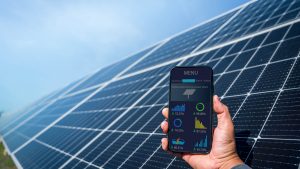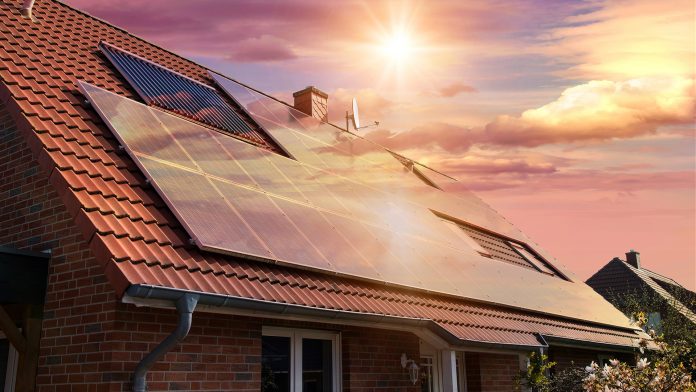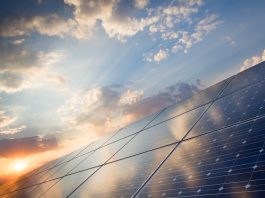A team of researchers has discovered that photovoltaic systems can be brought indoors to power smart devices.
Their research describes which photovoltaic (PV) systems work best under cool white LEDs, a common type of indoor lighting.
From Wi-Fi-connected home security systems to smart toilets, the so-called Internet of Things brings personalisation and convenience to devices that help run homes. However, this causes tangled electrical cords or batteries that need to be replaced.
The new research, published in ACS Applied Energy Materials, could help to overcome this issue.
Testing photovoltaic systems made from different materials
Indoor lighting differs from sunlight. Light bulbs are dimmer than the sun, and sunlight comprises ultraviolet, infrared and visible light, whereas indoor lights typically shine light from a narrower region of the spectrum.
Scientists have found ways to harness power from sunlight using photovoltaic systems, but those panels are not optimised for converting indoor light into electrical energy.
Some next-generation PV materials, including perovskite minerals and organic films, have been tested with indoor light, but it’s not clear which is the most efficient at converting non-natural light into electricity. This is because many of the studies use various types of indoor lights to test PVs made from different materials.

Therefore, the researchers compared various photovoltaic systems under the same type of indoor lighting.
Which material performed best under the tests?
The researchers obtained eight types of photovoltaic systems, ranging from traditional amorphous silicon to thin-film technologies such as dye-sensitised solar cells.
They measured each material’s ability to convert light into electricity, first under simulated sunlight and then under a cool white LED light.
They found that gallium indium phosphide PV cells showed the greatest efficiency under indoor light, converting nearly 40% of the light energy into electricity.
As the researchers had expected, the gallium-containing material’s performance under sunlight was modest relative to the other materials tested due to its large band gap.
On the other hand, a material called crystalline silicon demonstrated the best efficiency under sunlight but was average under indoor light.
Gallium indium phosphide has not been used in commercially available photovoltaic systems yet, but this study points to its potential beyond solar power, the researchers say. However, they add that gallium-containing materials are expensive and may not be a viable mass product to power smart home systems.
In contrast, perovskite mineral and organic film PV cells are less expensive and do not have stability issues under indoor lighting conditions.
Additionally, in the study, the researchers identified that part of the indoor light energy produced heat instead of electricity.
This information will help optimise future photovoltaic systems to power indoor devices.









